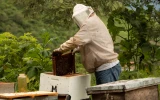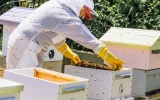The Best Time of Day To Split a Beehive
One important aspect of beekeeping is knowing when to split your beehive. Timing is crucial for the health and productivity of your bees, and choosing the right time of day to split your beehive can make all the difference. In this article, we'll explore the best time of day to split a beehive and provide you with the knowledge you need to keep your bees thriving.
The best time to split a beehive is in the late afternoon or early evening, when the bees are at their most relaxed. This enables the bees to settle in the hive in the evening and prevents nighttime disturbances from people. The hive will also be less busy and the bees less aggressive.
As the sun sets, bees become more docile and less active, making it easier to handle the hive and extract the honey. But what's with the cooler evening breeze that makes it the perfect time to split a hive? Let's find out.
Summary
- The best time to split the hive is when the sun sets or before evening comes.
- Cooler temperatures make the bees sluggish and calm, and they will not be very active and responsive.
- The reasons to split a beehive include creating a new colony and introducing a new queen bee.
- To ensure your safety and the safety of the bees, inspect the beehive to make sure it is viable for a split.
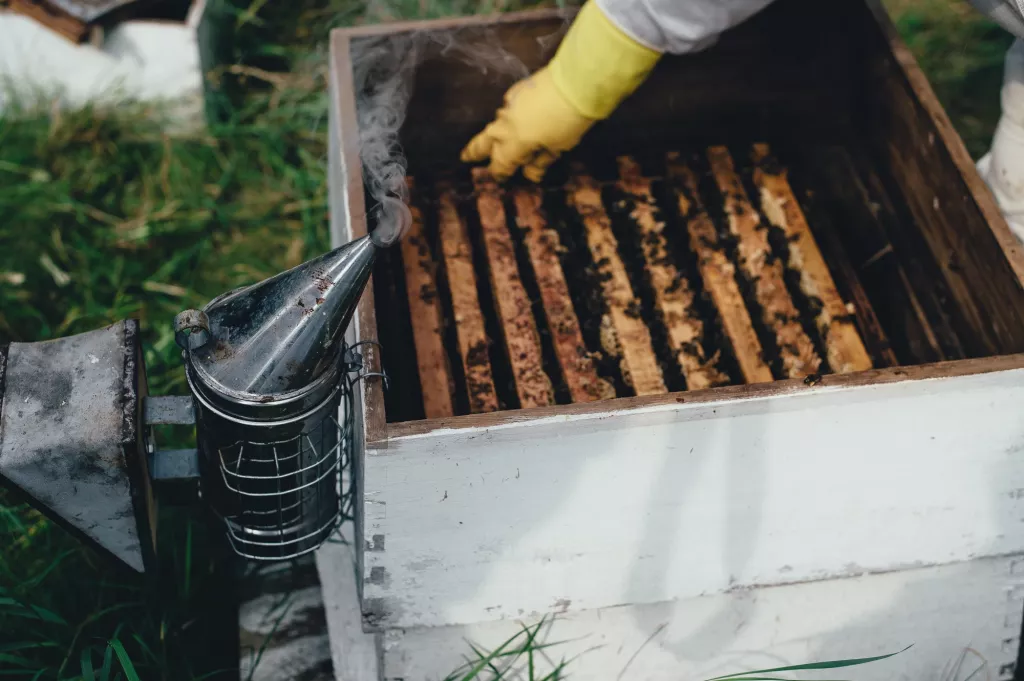
On this page:
Perfect Time of the Day to Split a Beehive
When the sun is setting or before evening comes, you may start gearing up for a beehive split. The cooler evening air helps to calm the bees, making the process of splitting the hive and harvesting the honey much easier and less stressful for both the beekeeper and the bees.
As the temperature drops, the bees will become more sluggish, making it easier to move the hive without causing too much disruption. As night falls, the bees will completely settle down and will not be as active or responsive as during the day.
- The cooler air also helps to slow down the evaporation of nectar from the honeycomb, allowing for a higher quality of honey to be extracted.
- Additionally, the cooler evening temperatures make it easier for the beekeeper to work with the bees without them becoming too agitated.
- Finally, the lower temperatures at night help the bees conserve energy, allowing them to focus their efforts on producing more honey for the beekeeper.
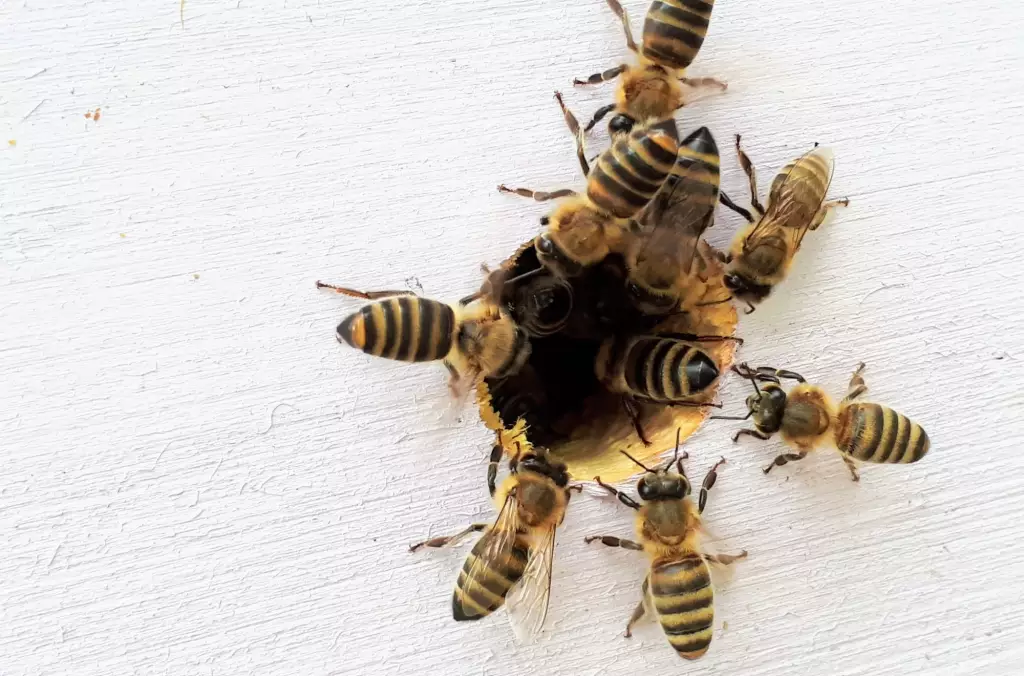
Reasons to Split a Beehive
Splitting a beehive can be due to many reasons, including creating a new colony, increasing honey production, reducing swarming, and introducing a new queen.
1. To create a new colony of bees
Splitting a beehive is especially useful for beekeepers who want to expand their existing apiaries or who desire to produce a new hive from a healthy existing one.
2. To increase honey production of an existing hive
The queen will lay eggs in both split hives, and the increased number of bees will be able to pollinate more flowers and collect more nectar for honey production.
3. To reduce swarming
Swarming is a natural, instinctive behavior of bees, and it's their way of reproducing. It happens when a hive becomes overcrowded. Splitting a beehive can help reduce the chances of swarming by creating two separate colonies with a manageable number of bees.
4. To introduce a new queen
If you need to replace an old queen with a new one, splitting a beehive is an option. This helps introduce a healthier and stronger queen that can produce more offspring.
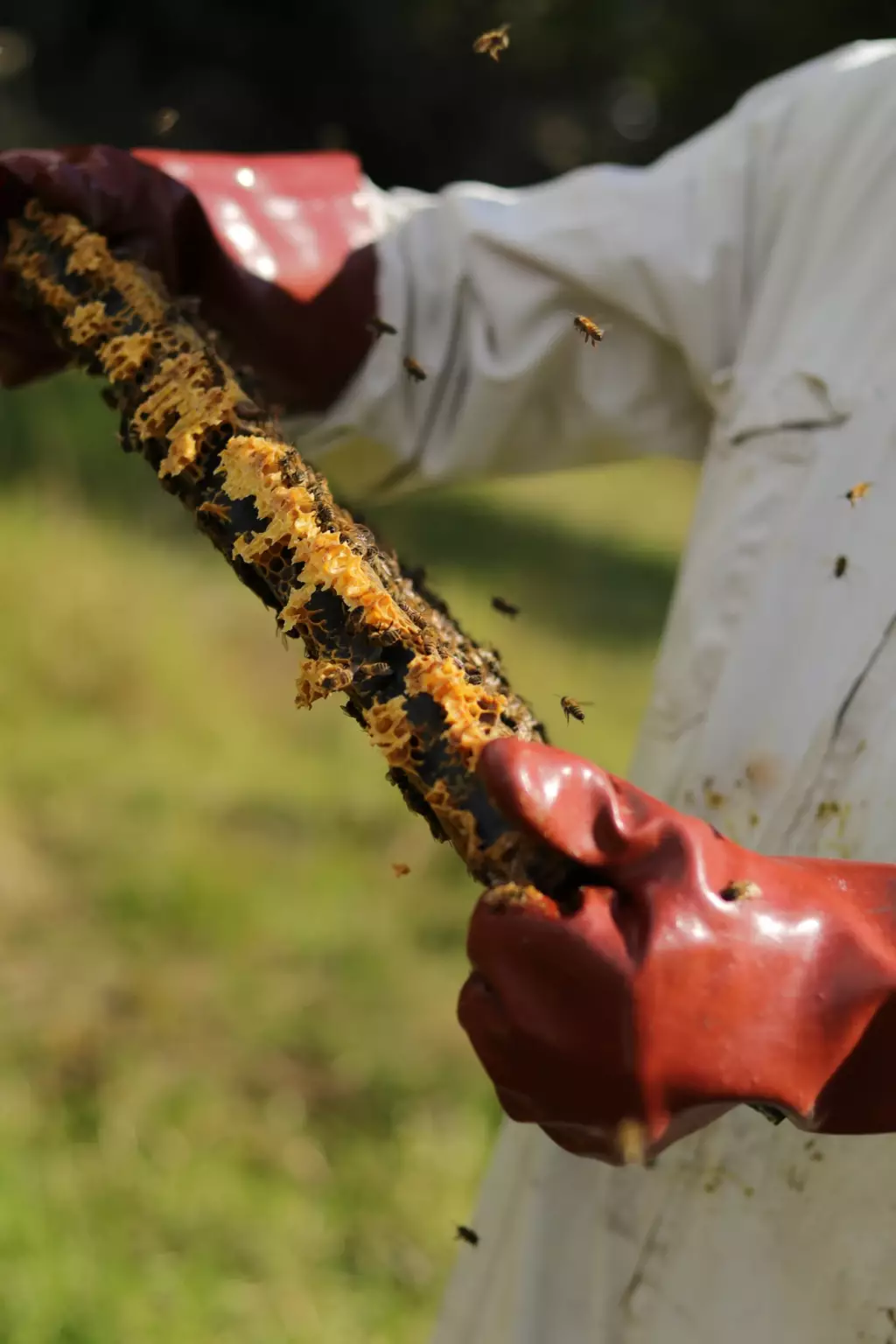
Things You Should Do Before and After Splitting a Beehive
It's crucial to take certain safety measures before opting to split a beehive, not just for you but also for the bees.
1. Research local beekeeping regulations
To ensure that splitting a beehive is legal and safe, research local beekeeping regulations before doing so. Different states and localities have different laws regarding beekeeping, so it's important to familiarize yourself with any regulations that might apply.
There could be limitations on the size of the hive, how far it can be from other hives, or what kinds of beekeeping tools can be used, depending on the locality.
You may also need to obtain permission from your local government before splitting a beehive, obtain a beekeeper's license, or register the hive with the state. You may want to research the local bee population to ensure that splitting a hive will not harm the environment.
2. Inspect the hive to make sure it is viable for a split
Before splitting a beehive, look for signs of disease, monitor for pests, and assess the honey and pollen stores. You should also check for the existence of the queen bee and the colony's health before going ahead with the split.
3. Obtain any necessary protective gear
When working with bees, it's important to protect yourself from stings and exposure to potential allergens. Before splitting a beehive, prepare and wear the necessary protective gear, such as a full bee suit, veil, gloves, and a smoker.
4. Gather the following supplies before splitting a beehive
-
Empty hive box: This is the new home for the bees. It should be large enough to accommodate the frames and foundation.
-
Frames: These are the wooden structures that fit inside the hive box and will hold the foundation.
-
Foundation: This is a sheet of wax that fits into the frames and provides a structure for the bees to build their comb.
-
Smoker: This is a device that produces smoke, which calms the bees and makes it easier to work with them.
-
Bee brush: This delicate brush is designed to remove bees from the frames and foundation gently.
5. Prepare a safe area for the beehive
Choose a spot that is away from windows, doors, and other entrances to your house. Make sure the area is well-ventilated and has plenty of shade. Place the hive on a flat, secure surface. Provide a secure entrance and exit for the bees.
To do this, you should start by:
- Removing the frames from the original hive and placing them into a new one
- Make sure to leave the queen in the original hive.
- You can then add a few frames of brood from the original hive to the new one, along with a few frames of honey and pollen.
- Once the frames are in place, put the new hive in a location away from the original one and move the bees from the original hive into the new one.
- Finally, you should feed the bees in the new hive with sugar syrup or a bee feeder to give them the energy they need to establish the hive.
6. Give the bees time to adjust
When you first introduce the hive, give the bees a few days to get used to the new environment before splitting the hive. During this time, you should inspect the hive to make sure the bees are settling in properly and that the queen is healthy and laying eggs. After a few days, you can split the hive.
7. Familiarize yourself with the splitting process
Understand the steps involved in splitting a hive and the potential risks involved. The "splitting process" is a method of colony growth in which a single hive is divided into two separate colonies. The process involves removing the queen and a portion of the bees from one colony and placing them in a new hive.
8. Monitor the hive after splitting
After splitting the hive, keep an eye on the health of the colony and make sure that the bees are adjusting to the move.
